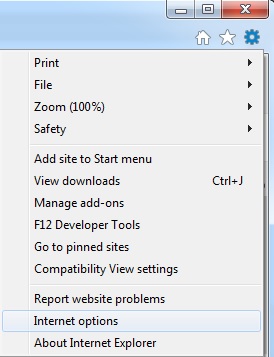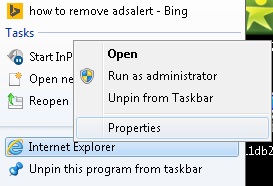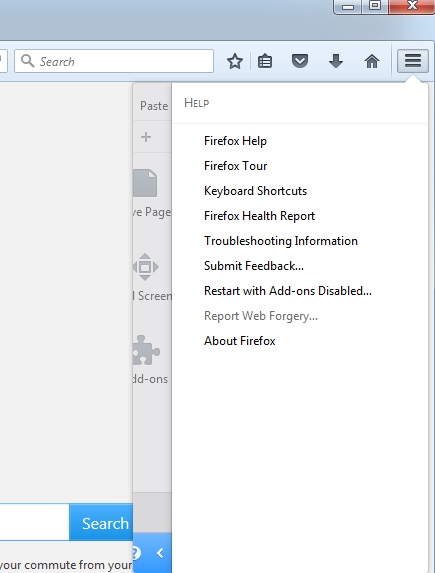How to Remove Pass and Play ads from Chrome, Firefox or IE in several easy steps? Follow the Ads by Pass and Play removal instructions and you will stop the virus.
If you want to remove Pass and Play ads just take your time to do it. You should already know that you were infected by an adware program. This potentially unwanted program will bring you nothing but trouble. If one day you are surprised by the sudden appearance of annoying pop-up ads by pass and play, you should address the situation as soon as possible! If you do not take urgent actions towards the prompt removal of this annoyance you’ll most certainly regret it as you’re only setting yourself up for a bad time. This PUP is hazardous, and once it settles in your system, it wreaks havoc and creates messes on a daily basis. And, unless it’s your explicit wish to deal with this ever-growing pile of messes, delete the program the first chance you get! That way you won’t have to deal with the constant nuisance of having to suffer through a never-ending bombardment of pop-up ads, frequent system crashes, and a slower computer performance. What’s even better, you’ll avoid the malware risk and the security threat. Do what’s best for you and your system, and choose to delete the program instead of allowing it to stay. It’s best to remove it from your PC as soon as possible for the longer it remains, the bigger the pile of troubles grows to be.

Where does this comes from?
Pass and Play is masterful when it comes to sneaking into your system undetected. Oh, yes. Not only does it manage to fool you into approving its installation, but it also keeps you clueless to it That’s right. It enters the under the veil of deceit, and you have no idea there’s a hazardous infection lurking in your system until it decides otherwise. The application is a master of disguise, and it usually slithers its way in with the help of the old but gold methods of infiltration. Its book of tricks includes hitching a ride with freeware or hiding behind spam email attachments, corrupted links, or sites. It can also pose as a fake system or program update. For example, you may be entirely convinced that you’re updating your Adobe Flash Player or Java, while, in actuality, you’re installing Pass and Play. Do you see the pattern? All of the means of infection the tool turns to rely on your distraction, naivety, and haste. So, to keep adware such as Pass and Play away from your system, just be more cautious and don’t rush.
Is this dangerous?
Pass and Play’s selling point is that it’s a useful application that helps you increase your savings. Supposedly, with the assistance of its pop-ups, the tool shows you all the best deals and bargains you can take advantage of. Also, it provides you with various coupons for online sales that also help you save money. At least that’s what the program claims to do. Unfortunately, these are all empty promises. In reality, the negatives far outnumber the positives. The program harms you much more than help you as it’s not designed to assist you in saving money but use you to make money. Oh, yes. The application’s primary objective is to generate pay-per-click revenue for the unknown third parties that published it. If it fails, it ceases to exist. That’s why Pass and Play leaves nothing to chance! It monitors your online activities, collecting information on your likes and dislikes. Once it understands what appeals to you, it selects ads that correspond to your preferences and floods you with them. It hopes to spark your interest and fool you into clicking on its unreliable ads. If you’re foolish enough to do that, all you’ll have to show for it is more malware getting installed on your PC. What’s worse, Pass and Play keeps a thorough record of your every move. And once it’s done observing your browsing, it sends this record to the people behind it. Are you willing to hand your personal and financial details to strangers with agendas? Think long and hard before you decide.
Attention! You should be aware that all of your accounts and passwords were likely compromised. Viruses are designed to collect every piece of private information. We advise you to change all your passwords, once you clean your computer, especially if you make online banking or shopping.
How Can I Remove Pass and Play Ads?
Compatible with Microsoft
SpyHunter is the recommended Pass and Play Removal Tool. You can use the free scanner to detect the parasite, however if you want to delete it automatically you need to register the antimalware program.
What if SpyHunter failed to Detect or Remove the infection? – Find out here how to use the FREE Support.
Remove Pass and Play infection Manually
If you perform exactly the steps below you should be able to remove the Pass and Play infection. Please, follow the procedures in the exact order. you may want to print this guide or look at it in another computer.
STEP 1: Remove Pass and Play from IE, Chrome or Firefox
STEP 2: Uninstall Pass and Play from your Add/Remove programs list
STEP 3: Delete Pass and Play Windows Registry Traces
STEP 1: Remove Pass and Play from IE, Chrome or Firefox
Pass and Play Ads will infect every browser you have. You need to do the steps one by one.
Remove From Internet Explorer
- Open Internet Explorer
- Up to the Right Click on the Gear Icon
- Go to Toolbars and Extensions
- Disable the ads by Pass and Play extension.
- If the button is not active, you need to go to your Windows Registry and delete the corresponding CLSID
- Then go back to the Gear Icon.
- Click on Internet options
- Select the Advanced tab and click on Reset.
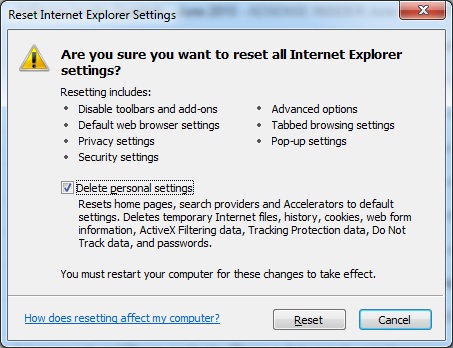
- Check the “Delete Personal Settings Tab” and then Reset
- Restart IE
to make sure nothing is interfering with your browser, right click on the shortcut target and click properties
- In the target field you need to have the following command parameter: “C:\Program Files\Internet Explorer\iexplore.exe”
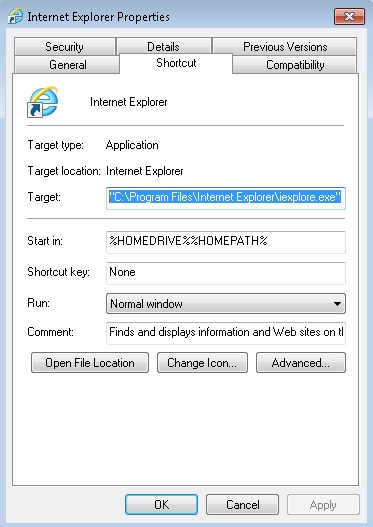
- if you have something else, just delete it and replace it.
- simultaneously press the windows start button and “R”
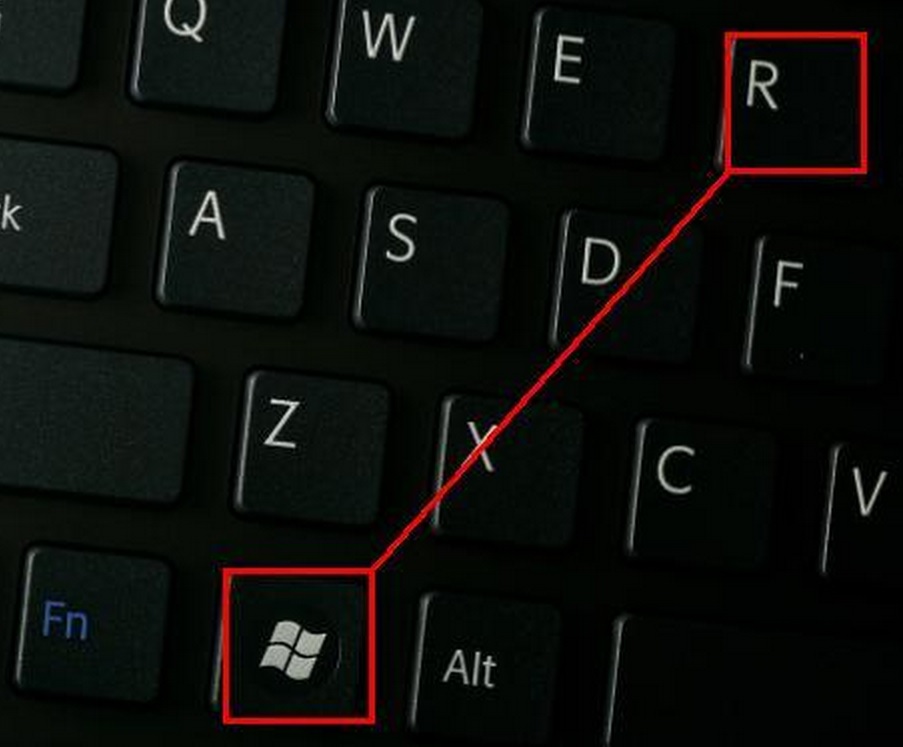
- in the opened dialog box type “regedit“

- Once the windows registry editor opens navigate to: HKEY_CURRENT_USER/Software/Microsoft/Internet Explorer/Main:Start Page
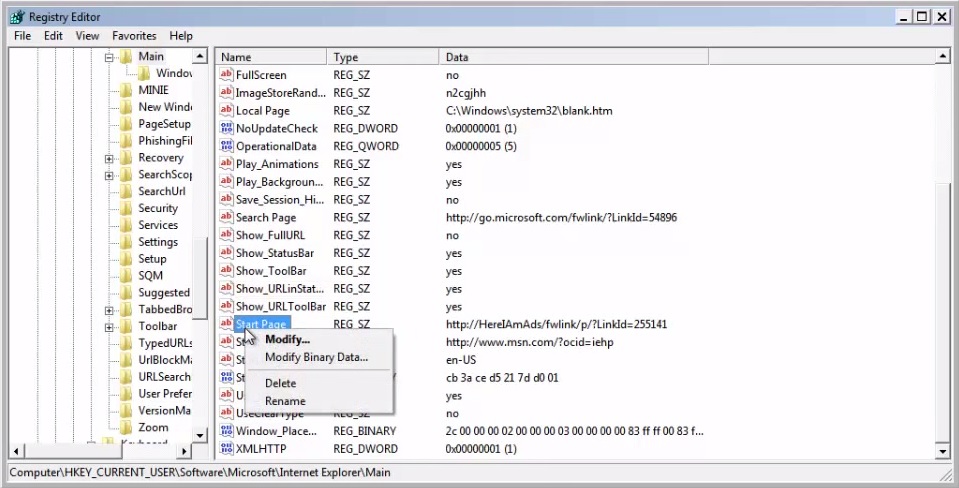 Modify the starting page with a value so that it corresponds to the webpage you want.
Modify the starting page with a value so that it corresponds to the webpage you want.- click OK and IE should be cleaned.
Remove from Mozilla Firefox
- Open Mozilla Firefox
- Press simultaneously Ctrl+Shift+A
- Carefully review all add-ons and disable the unknowns
- Open the Firefox’s Help Menu
- Then Troubleshoot information
- Click on Refresh Firefox
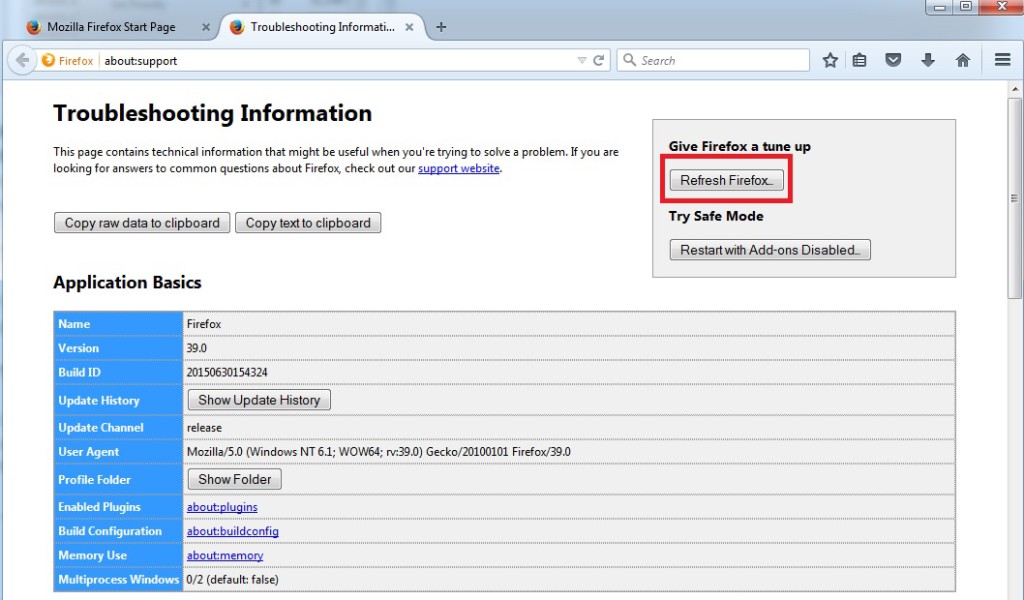
Remove from Google Chrome
- Open Google Chrome
- On the upper right corner click the Chrome menu Icon (looks like three dashes)
- Hover Over More tools, then Extensions
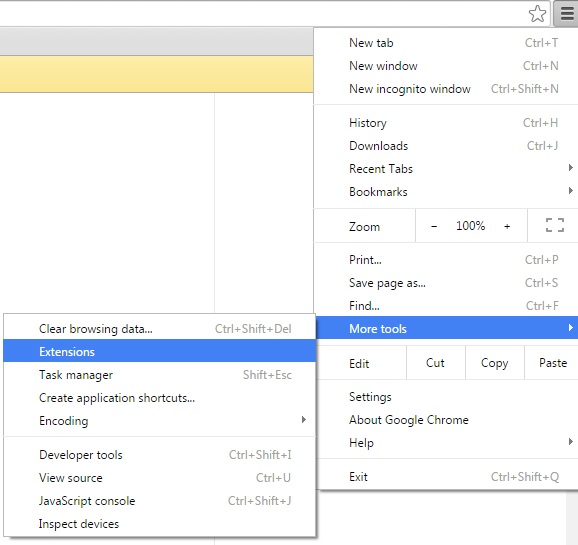
- in the extensions windows disable all unknown extensions
- On the upper right corner click the again the Chrome menu Icon (looks like three dashes)
- Click on Settings, Show Advanced Settings then Reset
STEP 2 : Uninstall Pass and Play from Your Computer
- Simultaneously press the Windows Logo Button and “R” to open the Run Command
- In the open dialog box type “Appwiz.cpl“
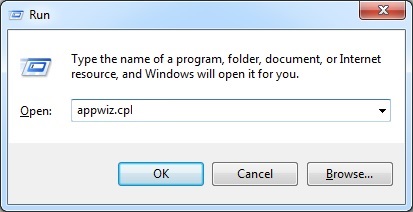
- Locate the Pass and Play program and click on uninstall/change.
- Also, be warned that viruses always want to trick you into installing more crap. If you see a screen like this when you click Uninstall, Click NO!
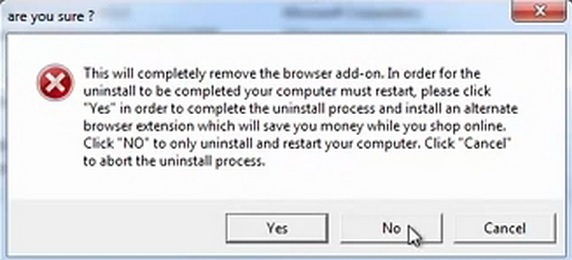
STEP 3 : Delete Pass and Play Windows Registry Traces
These are the places in the windows registry where viruses inject their malicious payload. If you want to be 100% sure that nothing is hooking your system, check these locations. However, be very careful when editing the windows registry, because you can render your system unbootable.
- HKCU–Software–Microsoft–Windows–CurrentVersion–Run
- HKCU–Software–Microsoft–Windows–CurrentVersion–Run
- HKLM–System–CurrentControlSet–Services
- HKLM–SOFTWARE–Microsoft–Windows NT–CurrentVersion–Winlogon–Notify
- HKLM–Software–Microsoft–Windows NT–CurrentVersion–Winlogon–Userinit
- HKCU–Software–Microsoft–Windows NT–CurrentVersion–Winlogon–Shell
- HKLM–Software–Microsoft–Windows NT–CurrentVersion–Winlogon–Shell
- HKLM–Software–Microsoft–Windows–CurrentVersion–RunOnce
- HKLM–Software–Microsoft–Windows–CurrentVersion–RunOnceEx
- HKCU–Software–Microsoft–Windows NT–CurrentVersion–Windows–load
- HKLM–Software–Microsoft–Windows NT-CurrentVersion–Windows
- HKLM–SOFTWARE–Microsoft–Windows–CurrentVersion–Explorer–SharedTaskScheduler
Where HKCU stands for HKEY_CURRENT_USER
Where HKLM stands for HKEY_LOCAL_MACHINE
- Check these folders for corruption as well.
C:–Documents and Settings–All Users–Start Menu–Programs–Startup
C:–user–Profiles–All Users–Start Menu–Programs–Startup
C:–Documents and Settings–All Users–Start Menu–Programs–Startup
Make sure that your Windows HOSTS file is also clean.

